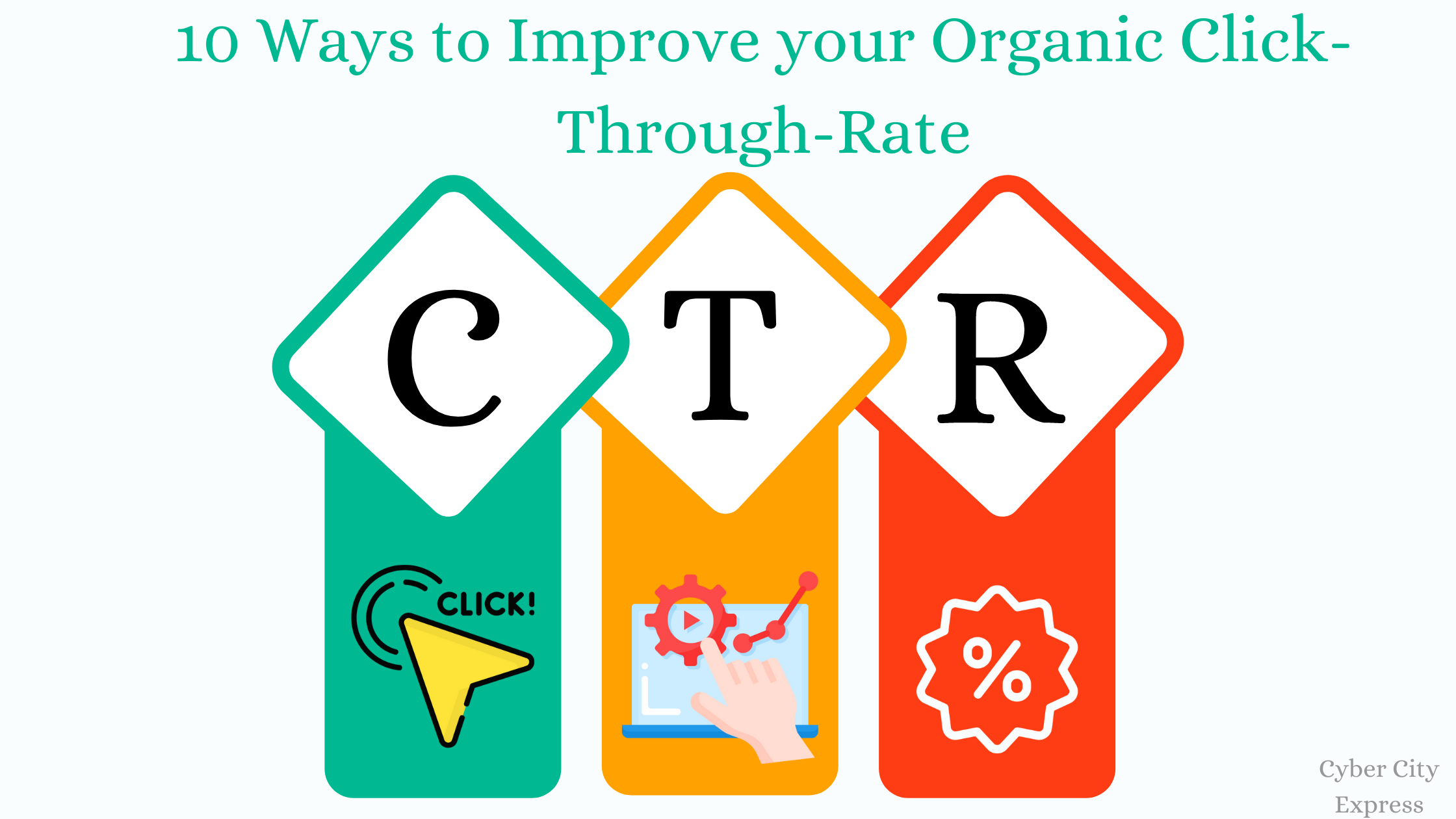A Search can be for many different intents and purposes. Every time you search on the Internet, you formulate your query in such a way that it is relevant to your doubt. Most of the times you don’t even need to think about it, your brain does that naturally.
However, it might be worth nothing , that there are different types of Searches and Search Engines process each of them uniquely. The 3 main categories of search are transactional, navigational, and informational. For transactional searches, your intent is to buy a product or service. While during a navigational search, you want to find a specific site or brand. And lastly, the most common, informational search is used when you need to solve a query.
Now that we have an idea about the traditional types of searches, let us look at the new progressing methods of search that are gaining popularity day by day.
What are the types of Searches going up?
Long gone are the times when internet search was only restricted to a few words. Now, text search has a lot of competition. The two major search methods that have taken the internet by storm are
A. Voice Search:
Users can use voice commands to perform any search without having to type anything at all! The voice recognition system understands the message and provides results in no time. It can be used for browsing on the web, using an app or a website. It integrates open-domain keyword queries about any information on the web. Some examples of voice search systems are Google Voice Search, Siri, Cortana, and Amazon Echo.
B. Visual Search:
In comparison to the traditional text search, visual search employs images as the search query. Visual Search is not to be confused with Google Images searches. Google Image Searches still utilize text to find the most satisfactory match for an image. Visual Search is an innovative solution when you have an image but need to search for more information regarding it.
Visual search enables the user to utilise the phone’s camera in a search engine. You can point to any object you like, take a snapshot, and obtain search results. It is a very useful technology with unlimited potential.
In this article, we are going to learn more about voice search, visual search, voice search SEO and voice search optimization.
What is Voice Search
Imagine you’re having dinner while watching your favourite Netflix Show and you need to switch to pause immediately for some reason. Do you risk dirtying your phone with your messy hands or do you risk letting it run while you go clean up? Neither of the two options is inviting. This is where voice searches come in.
Users can use their voice to search on the web, an app, or a website through Voice Search. It integrates open-domain keyword queries about any data on the web. Google Voice Search, Siri, Cortana, and Amazon Echo. are a few of the popular voice searches that you may be familiar with.
Voice Search is a modern technology that uses speech recognition to enable users to perform searches by speaking their queries instead of typing them. In essence, voice input will help one inquiry for anything on the web.
It can furthermore be comprehended as a kind of dialogue system that is generally interacting and incorporates different bands of interactions.
Voice search is much faster than traditional search methods. It is approximated to be almost 3.7X faster than text searches. In 2022, time is a precious commodity and with everything available at the touch of a screen, people want faster results. This is why a large number of people are switching to voice search instead of tediously typing keywords. Voice is also believed to be more practical for mobile searches. Around 60% of mobile searches happen via voice search, according to statistics.
How do you perform a voice search? Well, it is an extremely simple process. There are 3 commonly used ways for activating voice search
Methods of Voice Search
You can click on the voice command icon and the voice search will activate. You can also do so by calling out the name of the virtual assistant (like, “Hey, Siri” or “Ok, Alexa”). Lastly, you may click on the home button or gesture on the interface.
Command to Activate the virtual assistant for Voice Search on different Devices
While the idea behind voice search is the same for all virtual assistants, each of them has a unique personality. The brands gave their virtual assistant a human feel so users get a personalised experience that does not feel robotic and boring.
Commands to Activate the virtual assistant for Voice Search on different Devices is as follows:
- Apple: Hey, Siri
- Google: OK, Google
- Amazon: Hey, Alexa
- Microsoft: Hey, Cortana
- Samsung: Hi, Bixby
What is visual search?
Visual search is a creative search method that uses images as the search query.
This is different from Google Images searches, where the text is still used to find the most suitable match for an image. A visual search is a powerful tool. You can find all the information the web has to offer about a picture. It turns the phone’s camera into a search engine. You can take a picture of any object that you want and receive instantaneous and relevant search results. Visual Search has unlimited untapped potential.
However, we don’t hear that much about visual search as of yet. Most users and marketers alike still focus on text search because it is a tried and tested method. Also, we have already existing knowledge about text search keywords, SEO and optimization. On the other hand, when it comes to visual search, it is unmapped territory.
So, what sectors will benefit the most from Visual Search?
E-commerce and retail are the most evident sectors that would benefit from this technology.
Suppose you see a stranger wearing a really cute outfit but you are too shy to ask them where they got it from. Well, no worries! You snap away and get search results pinpointing the commodity and sales offers: a watch, a pair of shoes,a shirt. The clothes people wear can be literal walking advertisements. You can use image search to find better deals on items, like furniture.
Another field that could profit from visual search is the travel industry. Imagine no longer needing a tour guide or having to ask strangers for directions. You can just pinpoint your camera at a location with a visual search and directly get all the data you need on when it was constructed, who built it, what it is used for today, and so on. There is a lot of potential for travel apps and virtual tour guides via image search.
What are the top visual search platforms?
The leading platforms in visual search are as follows:
- Pinterest Lens: Pinterest Lens employs the camera connected to the Pinterest app to take pictures of things and then show pins that are alike to your visual search query. Pinterest documented 600 million visual searches every month on its app in February 2018.
- Google Lens: Google released Google Lens within Google Images on October 25, 2018, one year after its Google Lens was launched.
- Instagram Shopping: Instagram’s visual search platform allows people to click on a product that appears in an Instagram story while they are viewing it. Instagram Shopping facilitates you to tag products in your posts and stories to prompt people to buy. With over 400 million Instagram users watching stories every day, Instagram is on it’s way to making a name for itself in the online shopping market.
- Amazon Recognition: Amazon Recogntion is a highly sophisticated marvel of technology that boasts pre-set and customizable computer vision (CV) capabilities to analyse your images and videos. There are multiple options available depending on type of information you want to receive. For instance,
- Content Moderation: Filters out NSFW images and videos across web
- Face Compare and Search: It can find similarities between two faces,even determining who the person is based your personal repository
- Text Detection: Can extract information from poorly visible text images like far away posters or protest banners.
If you want to have a complete look at all the features of Amazon Recognition, you can head to their website.
- Snapchat: Being a visual based app, Snapchat has decided to take the next big plunge in it’s strategy by incorporating visual search on the platform. Snapchat first began fiddling with the idea of visual search in 2019 and has since come up with Snachat “SCAN”.
This multi-pupose feature allows users to identify plants, music, solve math problems, and scan food and wine labels with the in-app camera. - eBay: The Visual Search feature of eBay is powered by latest AI and machine learning. Users now have the freedom to search for loved items using pictures. eBay’s image recognition feature is available on Android and IOS.
- Bing Visual Search: Bing came up with it’s visual search feature along with a simple motto, “The world is visual, now search is too”. Bing search provides relevant search results from all across the web using your provided image. The search results comprise of pages that are use the image, other similar images, and more information. The Bing Visual Search is easy simple and easy to use. It can be accessed on Desktop as well as mobile devices.
- QR Codes: QR codes have existed since 1994 but it is in recent years that QR codes have started to be integrated with visual search across multiple platforms. A QR code is quick response code consisting of bars of unique patterns that can read by machines to extract information attached to it. Many many applications have utilized QR codes to make payments and transactions. They are used as safeguard to login to your account,for example, WhatsApp Web.
The Visual Search problems
With great power comes great responsibility. While the advantages of visual search are many, so are the risks involved with it. Let us look at the 3 main concerns that are keeping visual search from becoming mainstream:
Complications of technique
Undoubtedly, visual search has many advantages of text-based search, where you can make search inquiries with just one snapshot instead of typing out a request on a search engine.
The problem that arises here is that visual search is quite convoluted from a technological perspective. Complex AI programs and immense amounts of transmission are required for it to be rendered efficiently. With more research and funding, the process will definitely become faster. However, for that to happen, more and more people need to start using it. Only when the market sees the need for a product or service does it get funding and investors.
Unexplained Intent
While AI is adaptive and smart, it can not know what the user is looking for from the picture. Suppose you take a picture of a food product at a grocery store because you want to find out more about the manufacturer. But the search engine misn=interpets your intent as looking for similar products and shows you a bunch of similar products to image query as a result. Counterproductive, right? With visual search, the user’s objective when taking a picture is not immediately clear the way it is with text search.
Low Utilization
The ongoing problem of low usage is also present. Despite its convenience, compared to text-based searches, the number of visual searches pales. A 2017 study showed that only 27% of web users were aware of the technology.
When is it most efficient for Visual Search?
Visual Search is the most effective when it answers queries that are tough to put into phrases. For instance, you see a variety of products you like in a supermarket but do not know the precise name. Someone enters a subway and is sitting adjacent to you, sporting a pair of shoes that you would like to buy as well.
How can Visual Search be taken advantage of by marketers?
Visual search is still in the early stages of development. As of yet, there are no across-the-board visual search promotion options.
One should never underestimate the First Movers Advantage when it comes to business and marketing. Now would be the perfect time to start building your visual search marketing strategy. To take advantage of visual search, some tactics marketers can use are:
Integrating with chatbots:
The problem with unclear intent can be solved by integrating visual search with chatbots. Merchants can have a conversation instigated by a chatbot based on a photo taken by a user. Let’s say you take a picture of an imported pedigree. Before bombarding you with results, the chatbot will now ask you if you would like a product translation or to find similar products.
Build an image library of products
Marketers should take advantage of visual search instead of thinking of it as a threat to their existing text-based search rankings. First and foremost, retailers should secure an image library of all their products so that all products they offer are accompanied by an image. This way, visual search engines can recognise and connect them to the retailer, guiding search engine traffic towards the site. Moreover, including images libraries is sure to add accolades to your visual search engine optimization endeavours. Marketers should focus on maintaining and posing on image-centric social media.
In terms of incorporating visual search, Google, Pinterest, Instagram, and Snapchat are paving the way, so managing photos on these outlets in a smart way will help them become more readily identifiable by visual search engines. Moreover, including images libraries is sure to add accolades to your visual search engine optimization endeavours.
Does this mean that text-based search has died?
Text-Based search has been around for decades and don’t worry, it is here to stay! Text-based search is reliable, mainstream, simple and most importantly, people are familiar and comfortable with. As lucrative as voice and visual search options are, the technology required to make it widespread hasn’t peaked yet. Users are likely to continue to prefer text over visual searches until tremendous advancements are made in the field of Artificial Intelligence and Machine Learning.
But we should be prepared for the future, it is always a good idea to acquire a futuristic view of where search technology is headed.
Conclusion
As technology progresses more, the types of searches are also becoming more advanced. The main idea behind constantly improvising is to make searching as easy for the user as possible. Gone are the days when you searched something and got something else in the results. Now your search engines are smart enough not to just get relevant data but also assess your tone, mood and intent. As a digital marketer, it is quintessential that you take advantage of these evolving technologies by including Voice and Visual Search options in your website!









